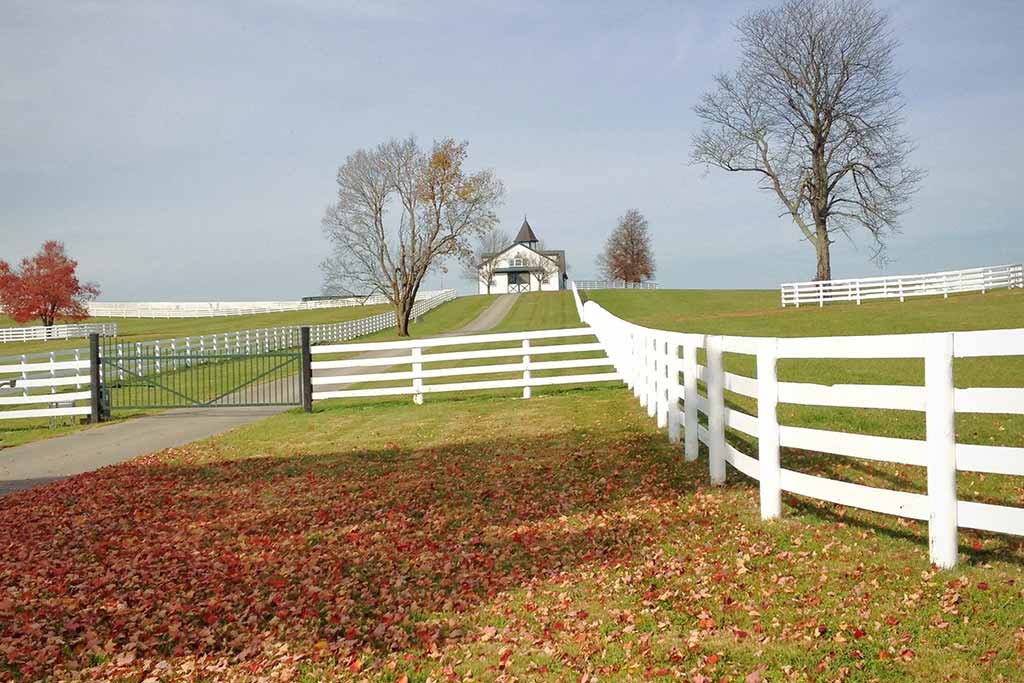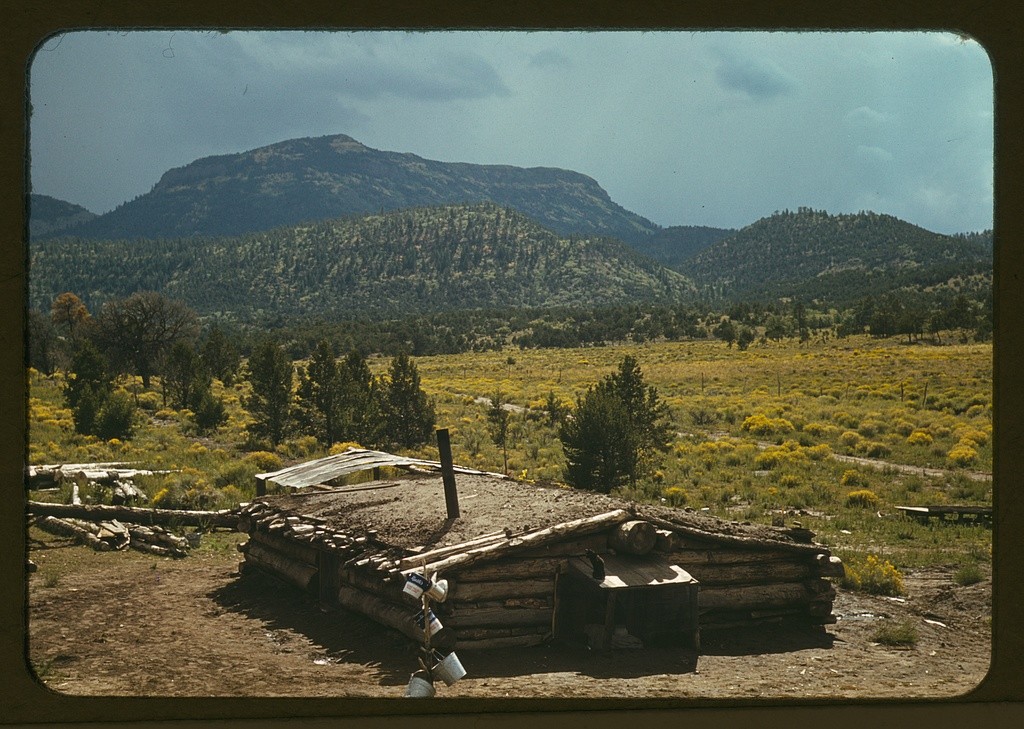How to Make Mud Bricks (Video)
You probably know by now I’m a fan of all kinds of pre-industrial skills, and making mud bricks from mud and straw is one of the coolest skills for a homesteader to know. It might not be the most practical way to obtain bricks in our modern life, as they’re pretty labor-intensive, but it is a … Read more








